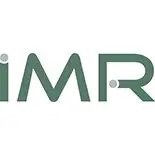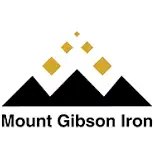MSK offices are geared up to serve even in remote locations through a network of well-equipped laboratories and sampling teams across the globe. The Central Testing Laboratory in Kolkata undertakes advanced chemical, radiological and photometric studies, while local country laboratories provide all standard tests as well as meet specific regional requirements. MSK's Services render flexibility at mining heads, warehouses and ports, that are accurate and on time.

Iron Ores are rocks and minerals from which metallic iron can be economically extracted. The Iron Ores are usually rich in iron oxides and vary in color from dark grey, bright yellow, deep purple, to rusty red. The iron itself is usually found in the form of Magnetite (Fe3O4), Hematite (Fe2O3), Goethite [FeO (OH)], Limonite [FeO (OH).n (H2O)] or Siderite (FeCO3). Iron Ores carrying very high quantities of Hematite or Magnetite (greater than ~60% iron) are known as "natural ore" or "direct shipping ore", meaning that those can be fed directly into iron-making blast furnaces. Iron Ore is the raw material used to make pig iron, which is one of the main raw materials to make Steel. 98% of the mined iron ore is used to make Steel. Iron Ore is the fourth most abundant element in the Earth's crust.

All Chemical / Physical Parameters including Trace Elements analysis
The inclusion of even small amounts of some elements can have profound effects on the behavioral characteristics of a batch of iron or the operation of a smelter. These effects can be both good and bad, some catastrophically bad. Some chemicals are deliberately added such as flux which makes a blast furnace more efficient. Others are added because they make the iron more fluid, harder, or give it some other desirable quality. The choice of ore, fuel, and flux determine how the slag behaves and the operational characteristics of the iron produced. Typically, iron ore contains a host of elements the effect of which in Steel making are described below.
Silica (SiO2) is almost always present in iron ore & is one of the principal deoxidizers used in steelmaking. Most of it is slagged off during the smelting process. At temperatures above 1300 °C some will be reduced and form an alloy with the iron. The hotter the furnace, the more silicon will be present in the iron. The major effect of silicon is to promote the formation of gray iron. Gray iron is less brittle and easier to finish than white iron. It is preferred for casting purposes for this reason. In low-carbon steels, silicon is generally detrimental to surface quality. Phosphorous increases strength and hardness and decreases ductility and notch impact toughness of steel. The adverse effects on ductility and toughness are greater in quenched and tempered higher-carbon steels. Phosphorous levels are normally controlled to low levels. Higher phosphorus is specified in low-carbon free-machining steels to improve machinability. Phosphorous is a deleterious contaminant because it makes steel brittle, even at concentrations of as little as 0.6%. Phosphorus cannot be easily removed by fluxing or smelting, and so iron ores must generally be low in phosphorus to begin with.
Sulfur decreases ductility and notch impact toughness especially in the transverse direction. Weldability decreases with increasing sulfur content. Sulfur is found primarily in the form of sulfide inclusions. Sulfur levels are normally controlled to low levels. The only exception is free-machining steels, where sulfur is added to improve machinability. Sulfur can be removed from ores by roasting and washing. Roasting oxidizes sulfur to form sulfur dioxide which either escapes into the atmosphere or can be washed out. In warm climates it is possible to leave pyritic ore out in the rain. The combined action of rain, bacteria, and heat oxidize the sulfides to sulfates, which are water soluble.
Aluminum is widely used as a deoxidizer. Aluminum can control austenite grain growth in reheated steels and is therefore added to control grain size. Aluminum is the most effective alloy in controlling grain growth prior to quenching. Titanium, zirconium, and vanadium are also valuable grain growth inhibitors, but there carbides are difficult to dissolve into solution in austenite. However, as per few experts, it does increase the viscosity of the slag. This will have a number of adverse effects on furnace operation. The thicker slag will slow the descent of the charge, prolonging the process. High aluminum will also make it more difficult to tap off the liquid slag.
Copper in significant amounts is detrimental to hot-working steels. Copper negatively affects forge welding, but does not seriously affect arc or oxyacetylene welding. Copper can be detrimental to surface quality. Copper is beneficial to atmospheric corrosion resistance when present in amounts exceeding 0.20%. Weathering steels are sold having greater than 0.20% Copper.
Lead is virtually insoluble in liquid or solid steel. However, lead is sometimes added to carbon and alloy steels by means of mechanical dispersion during pouring to improve the machinability.
Nickel is a ferrite strengthener. Nickel does not form carbides in steel. It remains in solution in ferrite, strengthening and toughening the ferrite phase. Nickel increases the hardenability and impact strength of steels.
Titanium is used to retard grain growth and thus improve toughness. Titanium is also used to achieve improvements in inclusion characteristics. Titanium causes sulfide inclusions to be globular rather than elongated thus improving toughness and ductility in transverse bending.
Vanadium increases the yield strength and the tensile strength of carbon steel. The addition of small amounts of Vanadium can significantly increase the strength of steels. Vanadium is one of the primary contributors to precipitation strengthening in micro alloyed steels. When thermo mechanical processing is properly controlled the ferrite grain size is refined and there is a corresponding increase in toughness. The impact transition temperature also increases when vanadium is added.
Transportable Moisture Limit (TML) of Iron Ore Bulk cargo by Flow Table Test Method When solid bulk cargoes, such as Iron ores contain high moisture, they get subjected to cyclic forces due to rise in pore water flow pressure, it results in steep rise in loss of strength of material to be held in definite shape and there is loss of stability of the cargo causing the material to flow like liquid. This is called liquefaction of solid bulk cargo.
Due to natural oscillation of the Marine Vessel in sea, the cargo experiences further drift with often separation of water from the cargo as well. Due to cargo shifting there is possibility of Vessel capsizing in the sea. This shifting occurs when the moisture content in the cargo reaches certain limit characteristic for that cargo.
To prevent the risk of liquefaction, International maritime Organization (IMO) has specified tests to be carried out as per BC Code to determine upper bound acceptable of moisture content of cargo, which is defined by the Flow Moisture Point (FMP). The Transportable Moisture Limit (TML) is derived from the FMP.
The Flow Table Test
Penetration Test
Proctor / Fagerberg Test
The Flow Table test is widely adopted for carrying out the test of FMP & TML. MSK has developed the Test equipment and Test facility at its various Labs in India & abroad.
Adjustment of moisture content of sample by mixing with water so that plastic deformation occurs during dropping of flow table; the sample is considered to be at its flow moisture point.
TML = 90 % of Flow Moisture Point
Reference to the Standard on which the procedure is based
BC Code: Appendix – 2
To ensure that TML result is representative, increments of material shall be taken either:
FMP is derived from the observations by prescribed method and TML is calculated as
TML = 0.90 x FMP
Point to be noted here that TML / FMP is a function of Granularity of Cargo, it’s not applicable for Lumpy cargo.

Coal, a Fossil fuel, is one of the cheapest sources of energy in the world today. We use the term "coal" to describe a variety of fossilized plant materials, but no two coals are exactly alike. Heat value, Ash content, Volatile Matter, Ash Fusion Temperature, Sulfur and many other chemical and physical properties vary from one source to the other.
Coal is classified into five general categories depending on deposits of coal under varying Heat and Pressure :

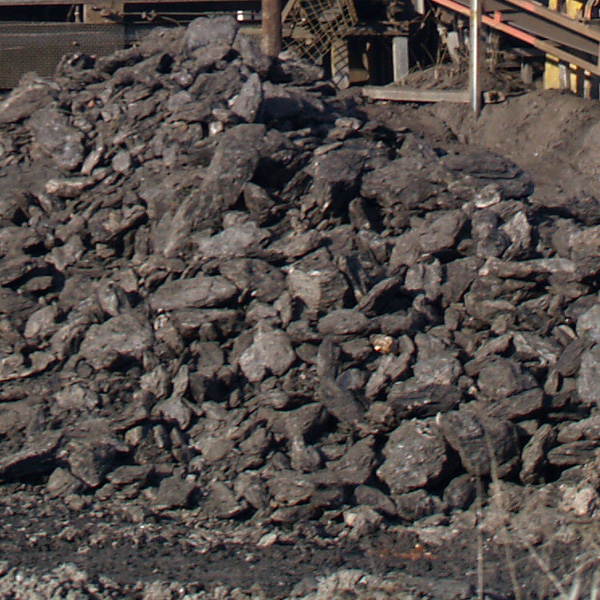
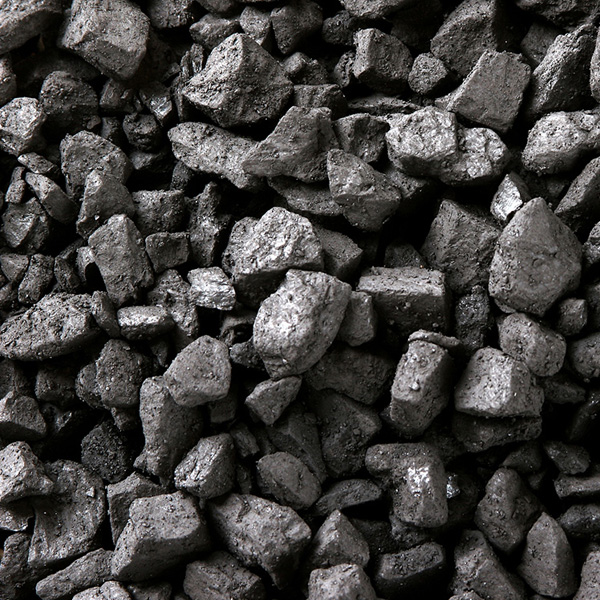
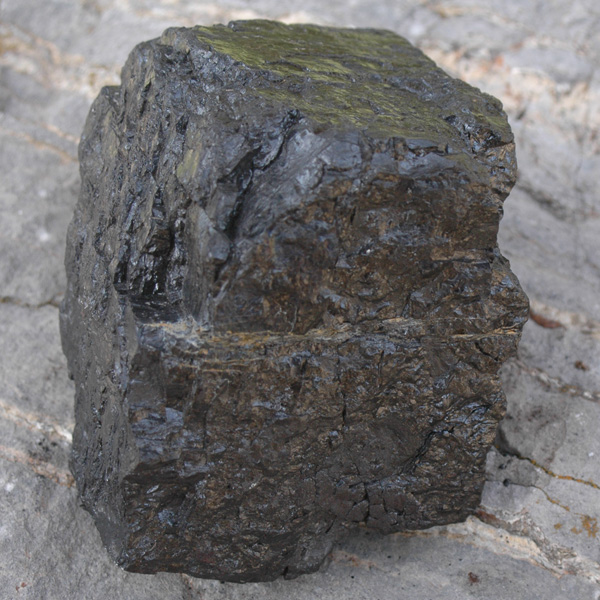
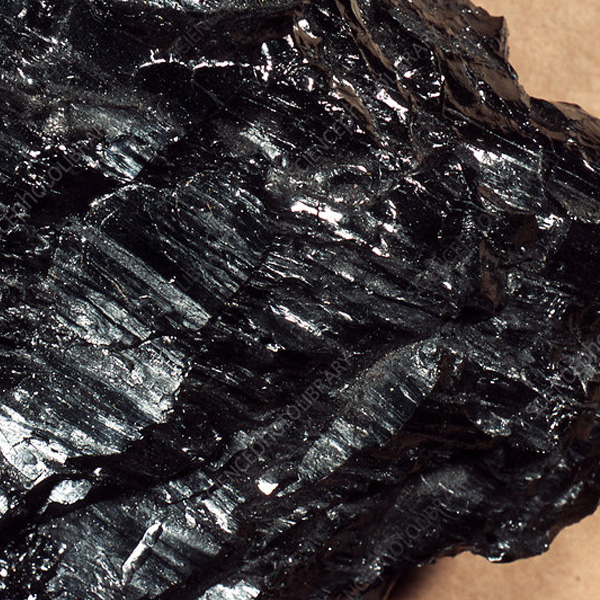
The Carbon content of Coal supplies most of its heating value, but other factors also influence the amount of energy it contains. Peat and Lignite, also called brown Coal, are the youngest forms of Coal and have the lowest heat value. It is mainly used for electric power generation. Ranking above Lignite, Subbituminous Coal has 35-45 percent Carbon content and a heat value between 2000 and 3400 K Cal/kg approx. The most plentiful form of Coal is Bituminous Coal and is used primarily to generate electricity and make coke for the steel industry. Bituminous Coal has a Carbon content ranging from 45 to 86 percent Carbon and a heat value of 3500 to 6500 KCal/Kg approx. Anthracite Coal has the highest Carbon content, between 86 and 98 percent, and a heat value of nearly 8333 KCal/kg.
Bituminous Coal has two classifications –
The gradation of non-Coking Coal or Thermal Coal is based on Gross Calorific Value (GCV) while the gradation of Coking Coal is based on Ash content. For Semi coking / weakly coking coal it is based on ash plus moisture content. At MSK we test Anthracite, PCI, Coking and Non Coking Coal
Tests for Non-Coking coal are:
Tests for Coking Coal are:

Coke is a solid carbonaceous residue derived from low-Ash, low-Sulfur Bituminous Coal from which the volatile constituents are driven off by baking in an oven without oxygen at temperatures as high as 1,000 °C (1,832 °F) so that the fixed Carbon and residual Ash are fused together. Metallurgical Coke is used as a fuel and as a reducing agent in smelting Iron Ore in a blast furnace. The Coking Coal should be low in Sulphur and Phosphorus so that they do not migrate to the metal. The product is cast iron and is too rich in dissolved Carbon, and so must be treated further to make steel.
Coke must be strong enough to resist the weight of overburden in the blast furnace, which is why Coking Coal is so important in making steel using the conventional route. However, the alternative route is to directly reduced Iron, where any Carbonaceous fuel can be used to make sponge or Pelletized Iron. Coke from Coal is grey, hard, and porous and has a heating value of approx 7050kcal/kg and above. Some Coke making processes produce valuable by-products that include Coal tar, Ammonia, Light Oils, and "Coal Gas".
Petroleum coke is the solid residue obtained in oil refining, which resembles coke but contains too many impurities to be useful in metallurgical applications.
For Coke we analyze Coke Strength After Reaction (CSR) and Coke Reactivity Index (CRI).
A laboratory test designed to give an indication of the strength of coke after being exposed to the reducing atmosphere of the blast furnace. Coke, after exposure to the high temperature and Carbon Dioxide atmosphere of the Coke reactivity test, is tested in a tumbler device to determine its strength.
A laboratory test designed to simulate the loss of Coke through reaction in the reducing atmosphere, as the Coke makes its way down the blast furnace. Coke is heated up to 950C in an inert atmosphere and held at that temperature in an atmosphere of Carbon Dioxide. The coke is cooled down under the inert atmosphere and the loss in weight expressed as a percent is the reactivity.

Non-ferrous metals include Aluminum, Copper, Lead, Zinc and Tin, as well as precious metals like Gold and Silver. Their main advantage over ferrous materials is their malleability. They also have no iron content, giving them a higher resistance to rust and corrosion, and making them ideal for gutters, liquid pipes, roofing and outdoor signs. Lastly they are non-magnetic, which is important for many electronic and wiring applications.
Zinc/Ores/Concentrates and Sulphides
Lead/Ores/Concentrates and Sulphides
Copper/Ores/Concentrates and Sulphides
Nickel/Ores/Concentrates and Sulphides
Tin/Ores/(Casseterites)/Concentrates and Sulphides
Cobalt/Ores and Concentrates
Brass (Copper + Zinc)
Bronze (Copper + Tin)
Lead Base White Metals
Tin Base White Metals
High Grade Primary Aluminium
High Purity Tin
Special High Grade Zinc
Standard Lead
Primary Nickel
High Purity Copper
High Purity Cobalt
Platinum
Palladium
Gold
Silver
Ruthenium
Rhodium
Iridium
Dissolution of the samples in acid medium followed by complexometric analysis using EDTA (As per ISO 13658)
Dissolution of the samples in acid medium followed by complexometric analysis using EDTA (As per ISO 13545)
Dissolution of the samples in acid medium followed by iodometric esimation of copper using sodium thiosulphate (As per ISO 10258)
Decomposition of the sample in presence of hydrogen fluoride and acids followed by gravimetric estimation using Di-methyl Glyoxime as a nickel complex (As per JIS M8126)
Dissolution of the sample in acid medium followed by complexometric analysis using EDTA after seperation of other interfering elements (Lab Developed Method)
Dissolution of the sample in acid medium followed by complexometric analysis using EDTA after seperation of other interfering elements (Lab Developed Method)
Trace Elements & Impurities determined in ICP-OES from the acidified solution after digestion of the sample in Sealed Digestion Bomb
Fire assaying is the industry standard process for obtaining pure gold and platinum group elements (PGE) from high-grade ores.
a) Fusion: The pulverized sample is weighed and mixed with a fluxing agent. The flux assists in melting helps to fuse the sample at a reasonable temperature and promotes separation of the gangue material from the precious metals. In addition to the flux, lead or nickel is added as a collector. The sample is then heated in a furnace where it fuses and separates from the collector material ‘button’, which contains the precious minerals.
b) Precious Metal Extraction: Once the button is separated from the gangue, the precious metals are extracted from the collector through a process called cupellation. Once the button has cooled, it is separated from the slag and cupelled.
Analysis & Detection: Gold and PGMs can be analysed by Flame atomic Absorption (AAS) or by Inductively Coupled Plasma Atomic Absorption Spectrometry (ICP-OES).The Detection level is in ppb and ppm levels depending on the performance of the equipment.

MSK offices are geared up to serve even in remote locations through a network of well-equipped laboratories and sampling teams across the globe. The Central Testing Laboratory in Kolkata undertakes advanced chemical, radiological and photometric studies, while local country laboratories provide all standard tests as well as meet specific regional requirements. MSK's Services render flexibility at mining heads, warehouses and ports, that are accurate and on time.
Clinker is a nodular material produced in the kilning stage during the production of cement and is used as the binder in many cement. Clinker minerals react with water to produce the hydrates that are responsible for cement's setting and strength-giving properties. The milled and blended raw materials go to a silo and then to the kiln. Reactions which take place as the feed passes through the kiln can be considered under three broad steps-
Chemical parameters based on the oxide composition are very important in describing clinker characteristics. The following parameters are widely used (chemical formulae represent weight percentages):
The Lime Saturation Factor , The Silica Ratio (also known as the Silica Modulus) , The alumina ratio , a fourth, the 'Lime Combination Factor' (LCF) which is the same as the LSF parameter, but with the clinker free lime content subtracted from the total CaO content. With an LCF=1.0, therefore, the maximum amount of silica is present as C 3 S.
Clinker composition is evidently one of the key factors which determine cement quality. Composition is controlled mainly by the suitable blending of raw materials, but there are limitations to what can be achieved. The ease of combination ("combinability", or "burnability") is about how easily the raw materials react with each other in the kiln to produce the clinker minerals.
The combinability of a raw mix will depend largely on:
Ideally, a cement producer would like to control all three clinker compositional parameters Lime Saturation Factor (LSF), Silica Ratio (SR) and Alumina Ratio (AR). That would define the approximate proportions of the four main minerals in the clinker. Different raw materials like limestone, clay, ash, slag etc. are being used in proper blending and proportion to obtain the required combination With the proper given raw mix, an optimum burning regime is required.
Traditionally, cement analysis was carried out using wet-chemical techniques. But now, the days of flasks bubbling away over bunsen burners in the laboratory of a cement works are largely gone, replaced by X-ray analysis equipment of various types.
At a cement work, raw materials, clinker and cement are analysed using X-ray fluorescence (XRF) and, often, X-ray diffraction (XRD). These techniques are used routinely, day in, day out and are the principal means of controlling the composition of raw materials, the raw feed, clinker and cement, in other words XRF provides rapid compositional data for controlling almost all stages of production.
Another technique used either routinely, or as required, is microscopy. Cement microscopy has a wide range of applications in examining raw materials, coal, clinker and cement. Optical microscopy is used routinely on some cement works as a technique of kiln control.
The above is not enough to get a clear picture of a complex process like cement production and how the quality and composition of the raw material cement manufacturing, To get a more complete and integrated understanding of how cement is made, connect with us at any of the nearest country locations you are. Our highly equipped laboratory network across continents can certainly meet your quality needs during your production and commercial transactions.
(For all above commodities: All parameters- Chemical & Physical including Water Absorption Capacity, Tumbler Index, Shatter Index, Decripitation Index)
With a fully functional crushing shed/sample preparation facility for ores, alloys and solid fuels.

In today’s world consumers pay careful attention to the quality of the food they eat and buy. Ingredients have become key factor than anything. Government of India has framed several norms, which are covered under Food Safety & Standard Acts in India (FSSAI). The policies for food safety and hygiene control are becoming more important for food industries to meet this challenging environment.MSK is committed to meet the customer and the applicable regulatory requirements in testing and certification services of food. At MSK, we provide solutions at every stage within food industry. Our expertise and experience delivers services to control quality and safety throughout the food industry from semi manufactured to final products. MSK’s Food Testing is an integrated food testing facility in India with modern technology and highly sophisticated testing equipment’s.
MSK Laboratories are compliant to ISO 9001:2015 and accredited by NABL (ISO/IEC 17025:2017), EIC/ISO 17020 and recognised by FSSAI.

MSK Food Testing Laboratory is one of the top three in the country providing quantity and quality testing of agri products. We conduct inspection and testing of various agri commodities according to various national and international standards, across load port as well as discharge port. We also assist clients in procuring Certificate of Confirmation (COC) for Saudi Arabia.

MSK is a leading TIC agency that can help industries to ensure both the quantity & quality of fertilizers from the load port to the discharge port. We perform inspection & testing according to various national & international standards applicable accordingly.


Chief Operation, FAMD, Tata Steel Limited..


Sr. General Manager,, Emirates Trading Agency L.L.C..


Mines Manager, Hindustan Zinc Limited, a Vedanta Company.


General Manager, Stevin Rock L.L.C..


Executive Vice President (Works),, DCW Limited.


AVP – Coal Quality & Sales Compliance Head,, PT Indo Tambangraya Megah Tbk (BANPU).

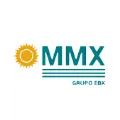
Laboratory Head, MMX.

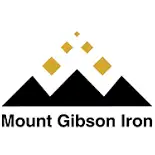
Shipping Administrator, Mount Gibson Iron Limited.

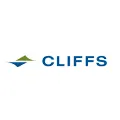
Senior Director – Asia Pacific Iron Ore Sales,, Cliffs Natural Resources Pty Ltd..

Posted on April 30 2024 By Mitra S.K ADMIN
Read More
Posted on April 29 2024 By Mitra S.K ADMIN
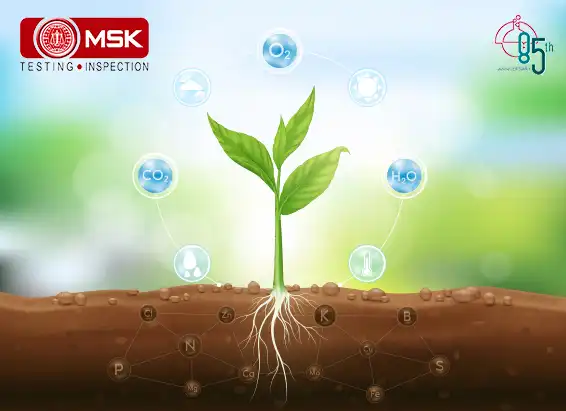
Posted on December 30 2023 By Mitra S.K ADMIN
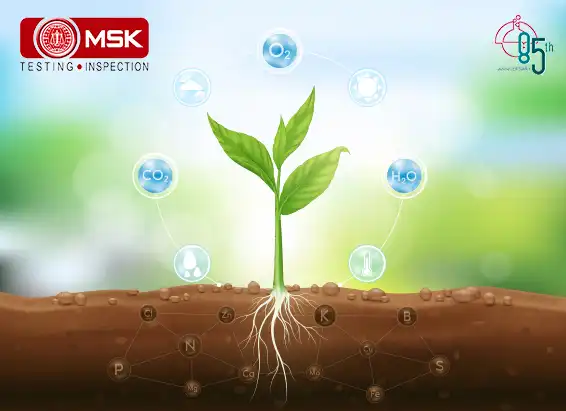
Posted on December 30 2023 By Mitra S.K ADMIN
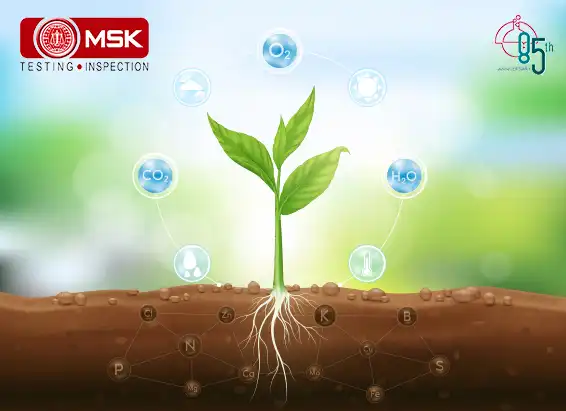
Posted on December 30 2023 By Mitra S.K ADMIN
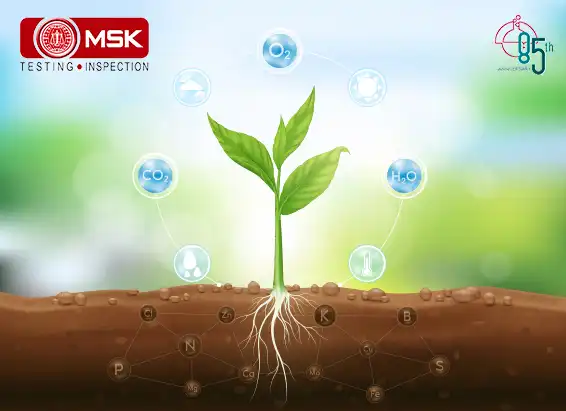
Posted on December 27 2023 By Mitra S.K ADMIN
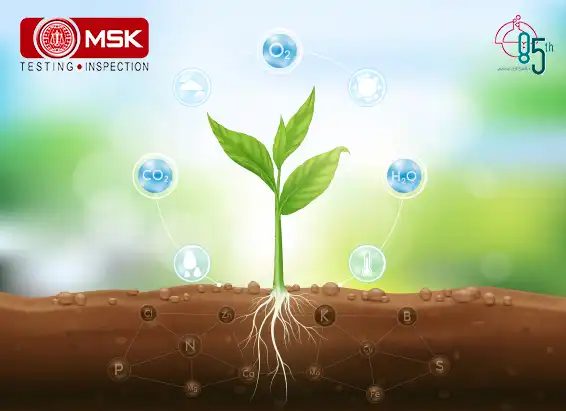
Posted on December 27 2023 By Mitra S.K ADMIN
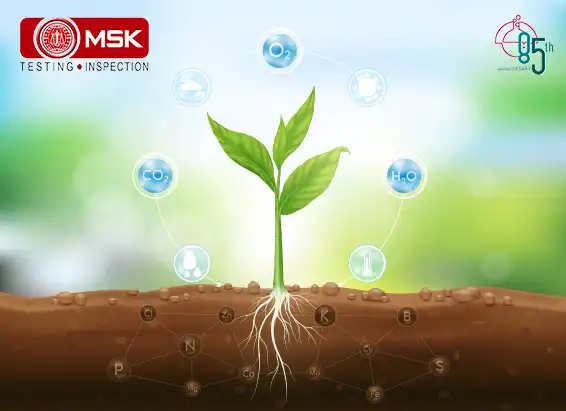
Posted on December 27 2023 By Mitra S.K ADMIN
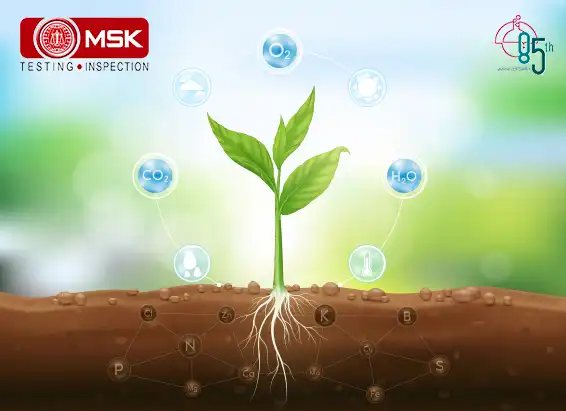
Posted on December 27 2023 By Mitra S.K ADMIN
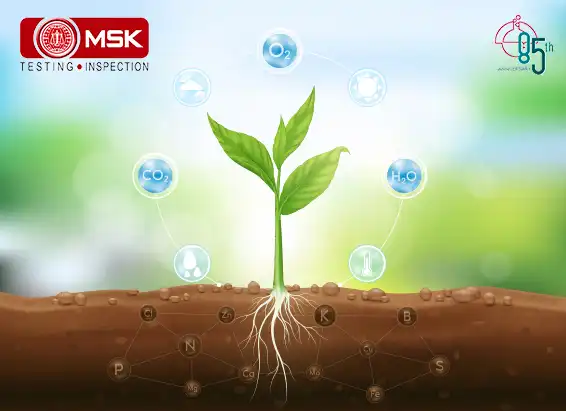
Posted on December 27 2023 By Mitra S.K ADMIN
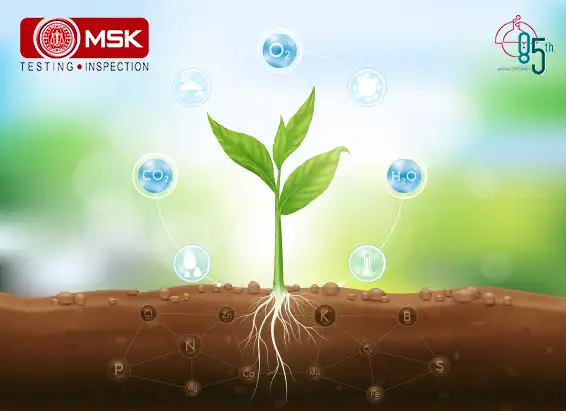
Posted on December 27 2023 By Mitra S.K ADMIN
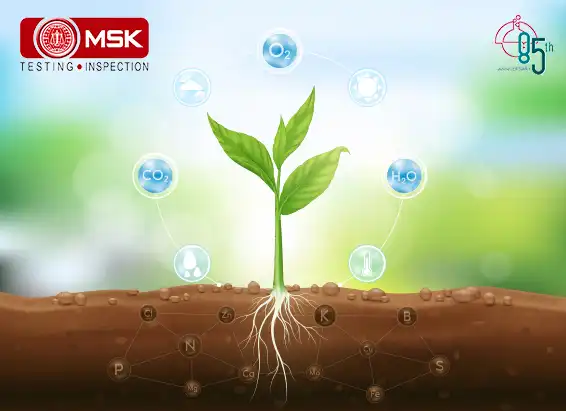
Posted on December 27 2023 By Mitra S.K ADMIN
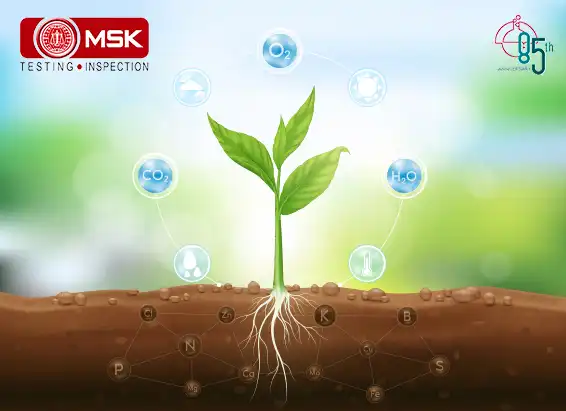
Posted on December 26 2023 By Mitra S.K ADMIN
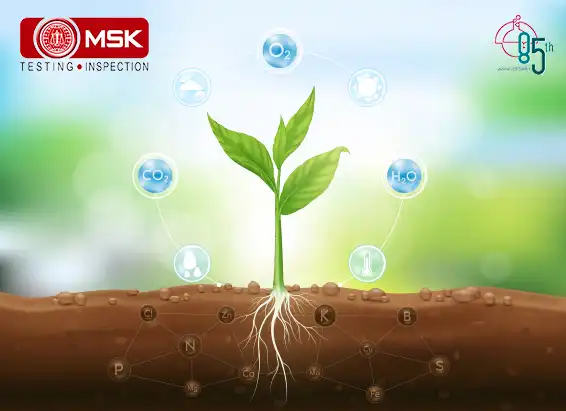
Posted on December 09 2022 By Mitra S.K ADMIN
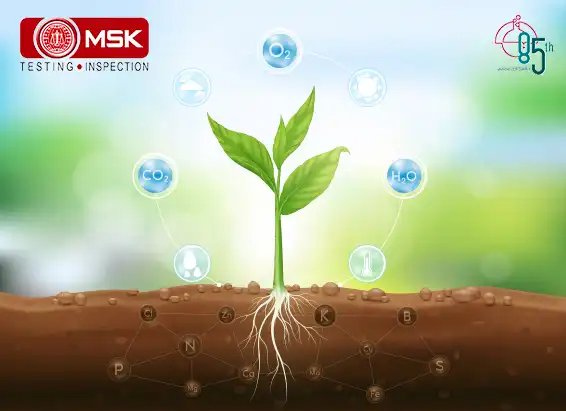
Posted on December 02 2022 By Mitra S.K ADMIN
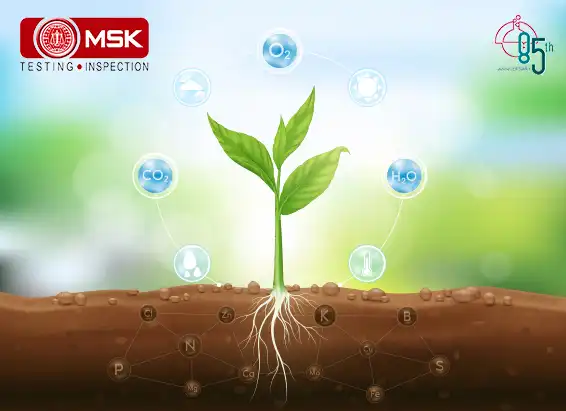
Posted on December 02 2022 By Mitra S.K ADMIN
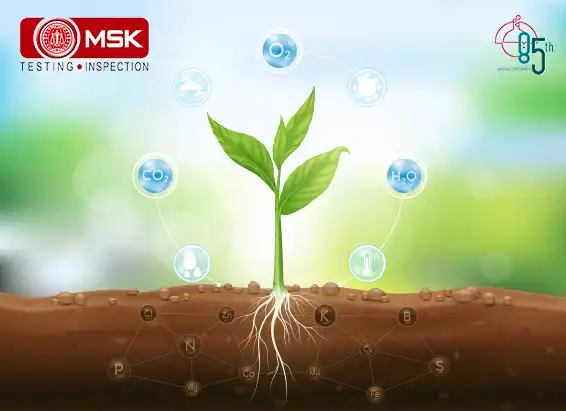
Posted on December 02 2022 By Mitra S.K ADMIN

Posted on December 02 2022 By Mitra S.K ADMIN
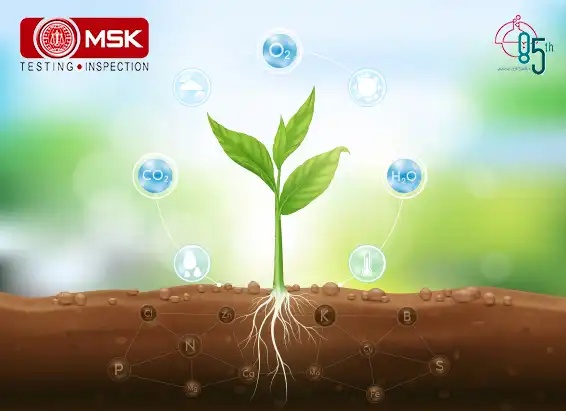
Posted on December 02 2022 By Mitra S.K ADMIN
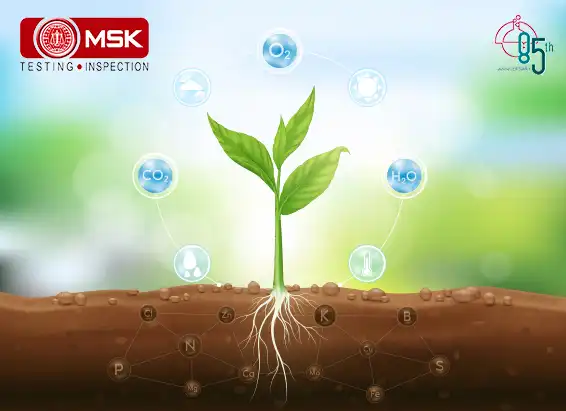
Posted on December 02 2022 By Mitra S.K ADMIN
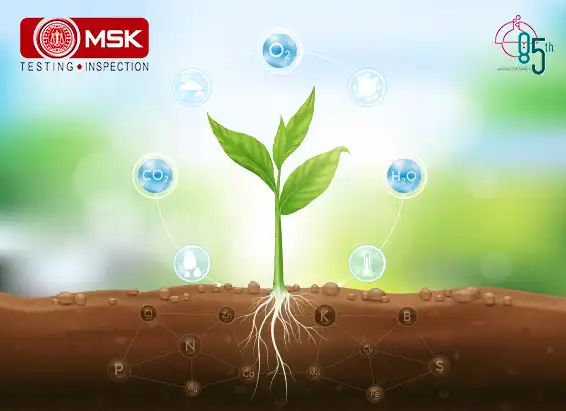
Posted on December 02 2022 By Mitra S.K ADMIN
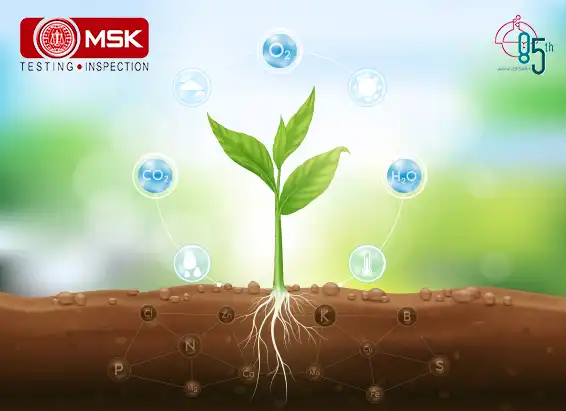
Posted on December 02 2022 By Mitra S.K ADMIN
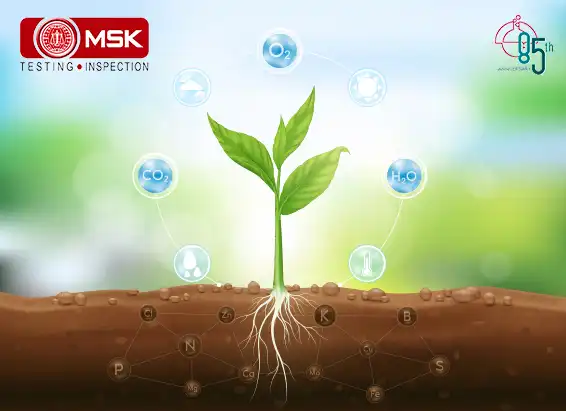
Posted on December 01 2022 By Mitra S.K ADMIN
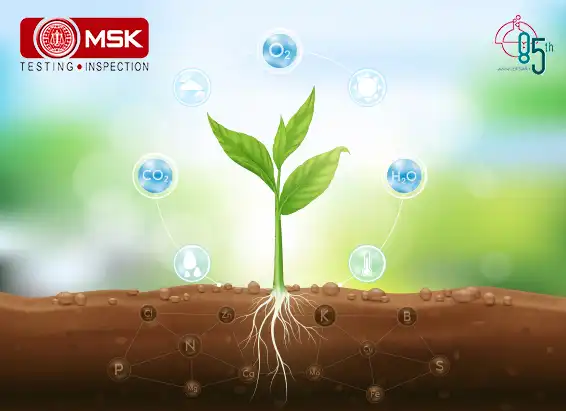
Posted on December 01 2022 By Mitra S.K ADMIN
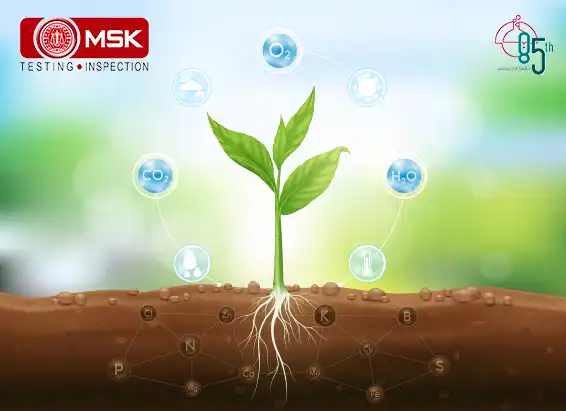
Posted on December 01 2022 By Mitra S.K ADMIN
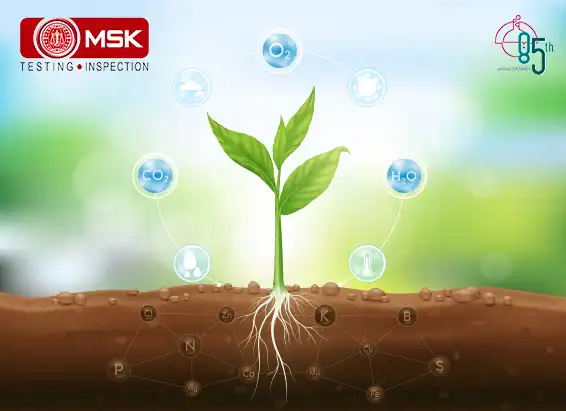
Posted on December 01 2022 By Mitra S.K ADMIN
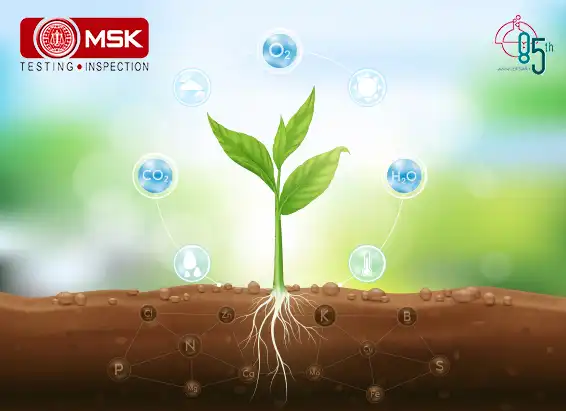
Posted on November 30 2022 By Mitra S.K ADMIN
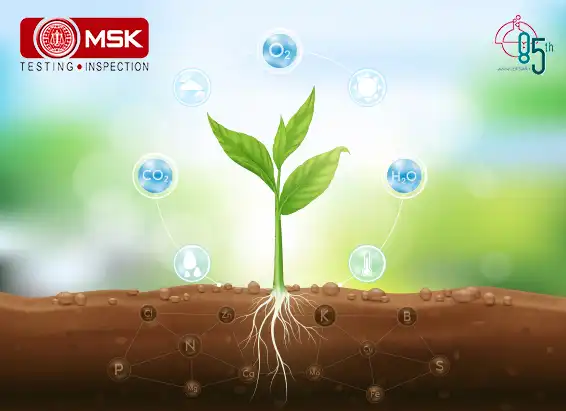
Posted on November 30 2022 By Mitra S.K ADMIN
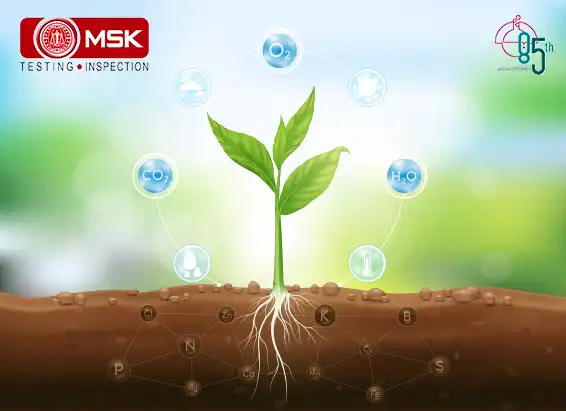
Posted on November 30 2022 By Mitra S.K ADMIN
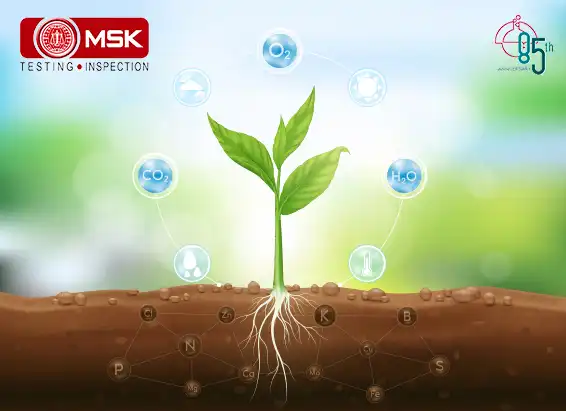
Posted on November 30 2022 By Mitra S.K ADMIN
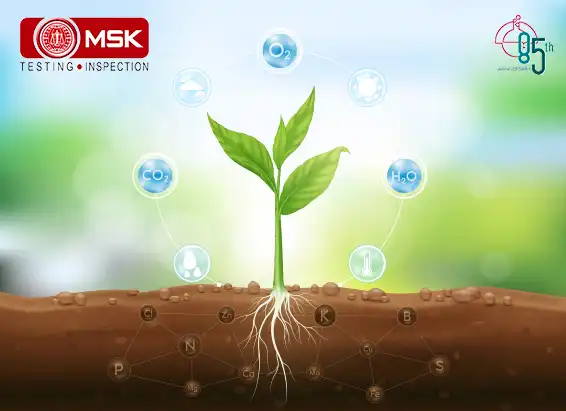
Posted on November 30 2022 By Mitra S.K ADMIN
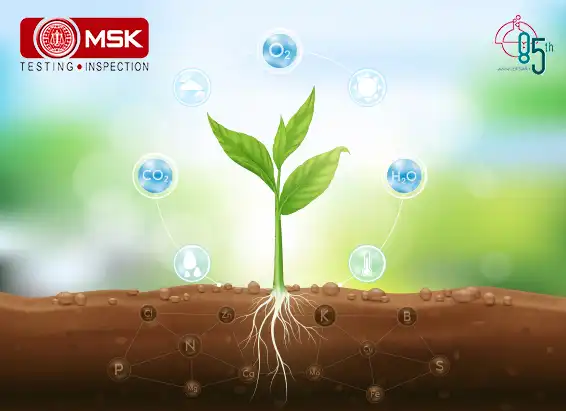
Posted on September 27 2022 By Mitra S.K ADMIN

